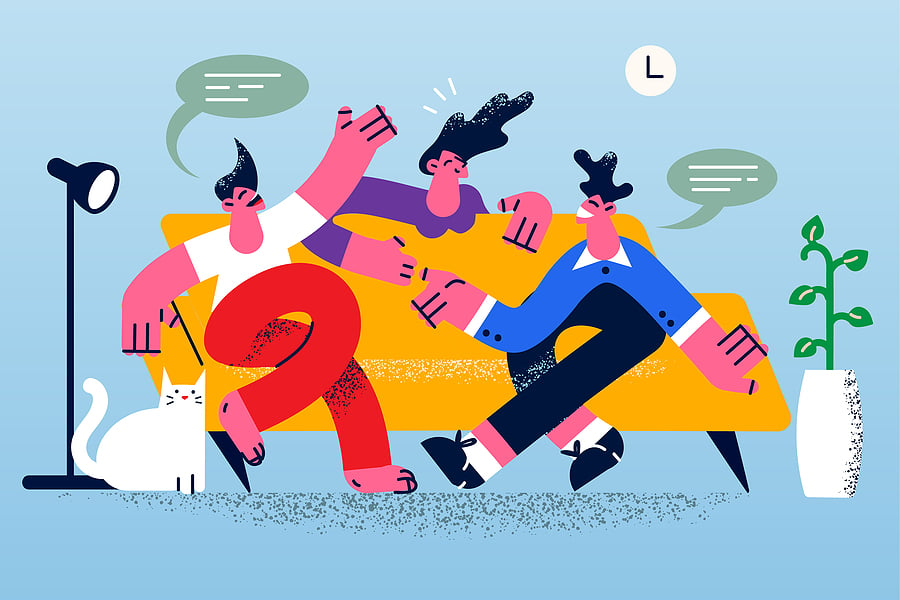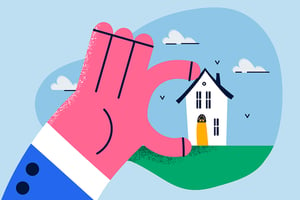The term ‘infobesity’, or being ‘obese’ with information, was first coined several years ago as...
The power of nostalgia: How brands can harness the past
 Woolworths disappeared from the UK high street over 15 years ago, but whenever a vague hint of its return surfaces (at least a couple of times a year), it spawns hundreds of news articles and viral social media posts. It happened again last week following a quote from Roman Heini, their German CEO, in which we said the UK was on “his bucket list”.
Woolworths disappeared from the UK high street over 15 years ago, but whenever a vague hint of its return surfaces (at least a couple of times a year), it spawns hundreds of news articles and viral social media posts. It happened again last week following a quote from Roman Heini, their German CEO, in which we said the UK was on “his bucket list”.
It’s often said, “nostalgia is a hell of a drug” and given the appetite for Woolworths related news, you’d have to conclude that they’d be a run on the Pic n Mix and CD singles should it ever go ahead. Heck, a quick social search reveals hundreds of nostalgic Wilko posts – and they’ve only been closed a matter of months! So, what drives nostalgia and how can brands capitalise on the past?
The pull of the past
The single most powerful thing about nostalgia is that is transcends generations – pretty much of all of us have a sentimental longing for the past – it’s not restricted to older age groups. I sit squarely in-between 20- to 30-year-olds who will click on anything remotely related to the price of a Freddo, and 50+ audiences who love something called Spangles.
But it’s not just sweets from our childhood that evoke those warm, fuzzy feelings and a sense of comfort and belonging - it could be anything from film, music, and fashion, to the technology of the day. Older audiences even seem to feel nostalgic around a lack of health and safety if social media is anything to go by: “you’d never get away with that now!” – yes, for very good reasons, like it was really dangerous!
How it works
Nostalgia is more than just reminiscing about the "good old days." It's a complex emotional state that psychologists believe serves several important functions. It can provide psychological comfort, enhance mood, increase social connectedness, and even imbue life with meaning.
When people feel nostalgic, they often experience a mix of happiness, sadness, and longing. This unique blend of emotions can make nostalgic content incredibly engaging and memorable, making it a powerful tool for brands.
Emotional connections to the past
Nostalgia has the unique ability to connect us emotionally with the past, making us more likely to engage with content that reminds us of it. This emotional bridge can make nostalgic branding strategies particularly effective. At TAN, we’ve been working with Milk & More for several years on some very successful content campaigns.
During this time, I’ve worked on numerous content ideas, from sustainability to convenience, but trust me, nothing – and I really mean nothing – can touch the power of nostalgia. We open with memories of the hum of the milk float and clinking of bottles, before leveraging the sense of community your milkman or woman brings. It’s incredibly potent stuff that’s produced exceptional results.
Getting nostalgia right
One of the biggest challenges in nostalgic marketing is ensuring authenticity. Consumers can easily detect insincerity, so it's crucial that any nostalgic elements are used in a way that feels genuine and respectful to the past.
For newer brands, a trap awaits – do you have the credibility to use it as a tactic? If you can’t use old brand assets, it’s probably best to leverage the cultural nostalgia of your target audience. This could involve integrating retro themes, iconic imagery, or styles from specific decades into product designs, branding, or marketing campaigns.
Finally, while it’s clear how using nostalgia can be a powerful marketing tactic, it’s important to balance it with innovation to stay relevant. Not everything from the past was better – for example, technology. So, while you’re using elements of the past, think about how you can incorporate the very best aspects of your modern-day product or service. This balance ensures that your brand remains forward-thinking, while still honouring its heritage.


